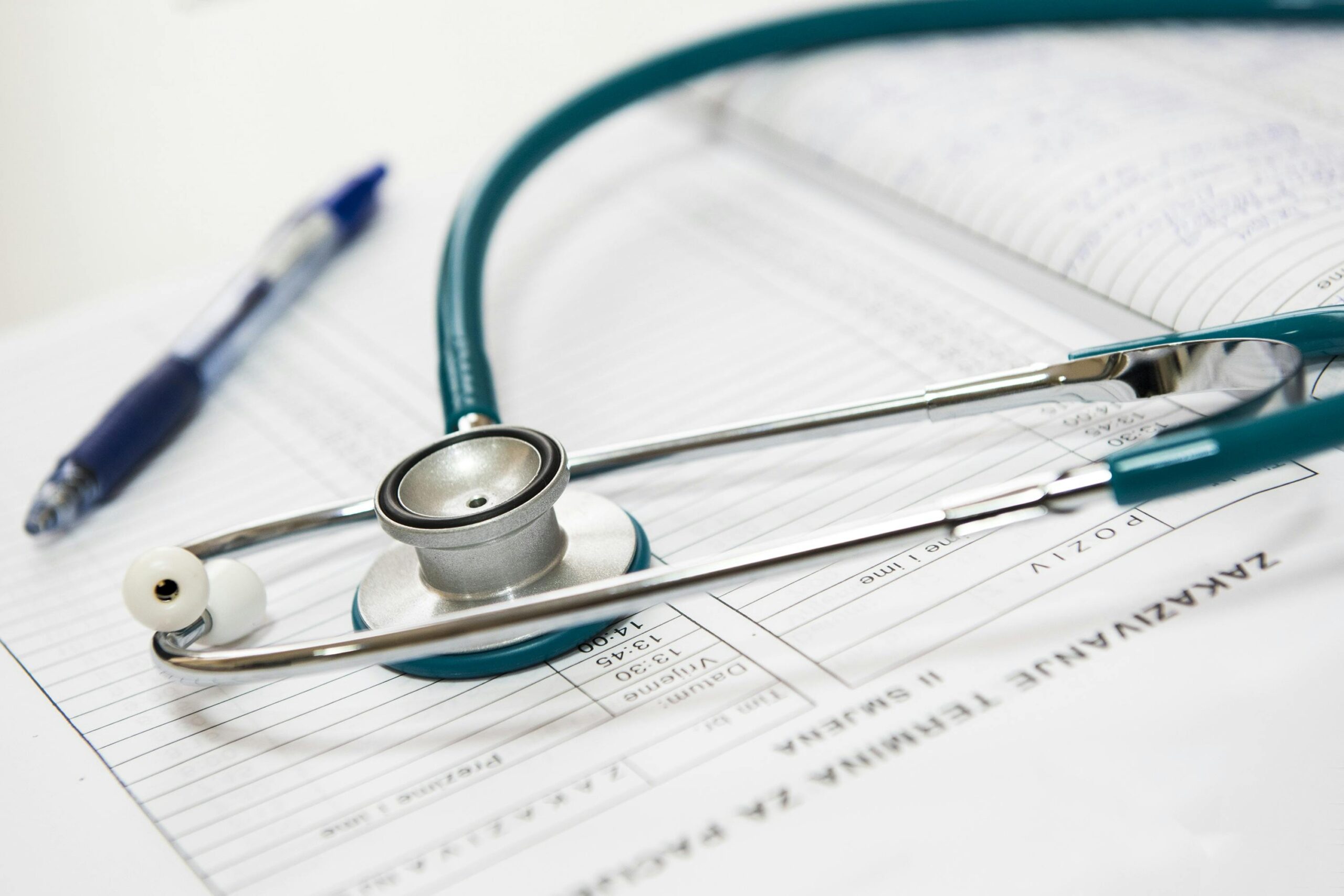Many people confuse relaxation with recreation and thus it is necessary for anxiety disorder sufferers to learn to relax correctly by the elimination of all muscular tension and stress. This is not achieved by just “putting your feet up” but by learning proper muscle relaxation and then practicing it regularly. It should not only be used when a sufferer feels panicky or stressed out but should become a regular part of everyday life as a prevention mechanism.
Relaxation is the exact opposite of tension which means, that if you practice relaxation on a regular basis, many of your symptoms of nervous tension will disappear. After a fair amount of practice in relaxation, you should have no difficulty falling asleep and your sleep will be deeper and more restful. You will also find that you have more energy for work and play. There should be an improvement in your concentration and mental alertness. Deep relaxation is a skill that is not learned in a day – the more you practice the sooner you will feel the benefits.
Do not expect to be able to relax properly on the first attempt. Like any other skill, it takes time and practice to learn.
This program is designed so that, by learning the difference between tension and relaxation of the muscles, during the program, you will be able to notice when you are getting tense or anxious in everyday situations and you will then have the ability to get rid of the tension and anxiety by relaxing the appropriate muscles there and then.
It is important that you learn to use this method in your everyday life. To do this, you need to learn to carry out “differential” relaxation. This means having the ability to relax any particular group of muscles at any one time. It is therefore essential that you learn these exercises off by heart so that, wherever you are, you can notice tension arising and take immediate action to remove it. For example, you can relax your arm muscles whilst walking along the road and you can relax your leg muscles whilst sitting on a bus.
When you practice deep relaxation, it is important to be in a quiet, warm place where you will not be disturbed, have your clothing loose, be either sitting or lying down, your arms by your sides and your legs uncrossed.
You are now ready to begin the exercise. Do not try too hard as this can bring on tension but allow the relaxation to just happen without forcing it. In the beginning, some people try too hard and consequently they get more tense and panicky. This is perfectly normal and will pass as your body becomes accustomed to being properly relaxed. Follow the instructions but take things slowly.
You should practice this relaxation program at least twice a day until you know it off by heart and are able to relax any set of muscles at any time.
Try to keep your mind focused on the word relax. Keep your breathing regular, shallow and relaxed. Don’t hold your breath and, notice how as you breathe out, you relax a little more. Keep your eyes closed. Breathe in and out through your nose and each time you breathe out relax a little more. Keep concentrating on the word relax.
The following exercises demonstrate the difference between tension and relaxation.
1. The muscles in your hands and forearms:
You tense these muscles by clenching your fists as tightly as you can.
- Start now and count steadily to five, notice the tension.
- Relax your fists.
- Notice the difference between tension and relaxation in your hands and forearms.
- Keep focusing on the word relax.
2. The muscles in your upper arms:
You tense these muscles by bending your arms at the elbows and trying to touch your wrists to your shoulders.
- Start now and count steadily to five, notice the tension.
- Relax your arms.
- Notice the difference between tension and relaxation in your upper arms.
- Keep focusing on the word relax.
3. The muscles in the back of your arms:
You tense these muscles by straightening your arms as hard as you can.
- Start now and count steadily to five, notice the tension.
- Relax your arms.
- Notice the difference between tension and relaxation in the back of your arms.
- Keep focusing on the word relax.
4. The muscles in your shoulders:
You tense these muscles by shrugging your shoulders tightly into your neck.
- Start now and count steadily to five, notice the tension.
- Relax your shoulders.
- Notice the difference between tension and relaxation in your shoulders.
- Keep focusing on the word relax.
5. The muscles in your neck:
You tense these muscles by pressing your head back as far as you can.
- Start now and count steadily to five, notice the tension.
- Relax your neck.
- Notice the difference between tension and relaxation in your neck.
- Keep focusing on the word relax.
6. The muscles in your forehead:
You tense these muscles by raising your eyebrows as though enquiring.
- Start now and count steadily to five, notice the tension.
- Relax your eyebrows.
- Notice the difference between tension and relaxation in your forehead.
- Keep focusing on the word relax.
7. The muscles in your brows and eyelids:
You tense these muscles by frowning and squeezing your eyes tightly shut.
- Start now and count steadily to five, notice the tension.
- Relax your brows and eyelids.
- Notice the difference between tension and relaxation in your brows and eyelids.
- Keep focusing on the word relax.
8. The muscles in your jaw:
You tense these muscles by clenching your teeth as hard as you can.
- Start now and count steadily to five, notice the tension.
- Relax your jaw.
- Notice the difference between tension and relaxation in your jaw.
- Keep focusing on the word relax.
9. The muscles in your tongue and throat:
You tense these muscles by pushing your tongue against the roof of your mouth.
- Start now and count steadily to five, notice the tension.
- Relax your tongue.
- Notice the difference between tension and relaxation in your tongue and throat.
- Keep focusing on the word relax.
10. The muscles in your lips and face:
You tense these muscles by pressing your lips together tightly.
- Start now and count steadily to five, notice the tension.
- Relax your lips.
- Notice the difference between tension and relaxation in your lips and face.
- Keep focusing on the word relax.
11. The muscles in your chest:
You tense these muscles by taking a deep breath and holding it
- Start now and count steadily to five, notice the tension.
- Relax your chest by breathing out.
- Notice the difference between tension and relaxation in your chest.
- Keep focusing on the word relax.
12. The muscles in your stomach
You tense these muscles by making your stomach muscles hard as though expecting a punch.
- Start now and count steadily to five, notice the tension.
- Relax your stomach.
- Notice the difference between tension and relaxation in your stomach.
- Keep focusing on the word relax.
13. The muscles in your hips and lower back:
You tense these muscles by arching your back and clenching your buttocks.
- Start now and count steadily to five, notice the tension.
- Relax your hips and lower back.
- Notice the difference between tension and relaxation in your hips and lower back.
- Keep focusing on the word relax.
14. The muscles in your legs and feet:
You tense these muscles by straightening your legs and pointing your toes down.
- Start now and count steadily to five, notice the tension.
- Relax your legs and feet.
- Notice the difference between tension and relaxation in your legs and feet.
- Keep focusing on the word relax.
Now completely relax for 10-15 minutes and let the feeling of relaxation spread throughout the whole of your body. Keep focusing on the word relax and enjoy that feeling of deep relaxation. Try and return to your daily activities keeping the body as relaxed as you can.
You can get an audio version of this Relaxation Technique.
 How can No Panic help?
How can No Panic help?
No Panic specialises in self-help recovery and our services include:
Providing people with the skills they need to manage their condition and work towards recovery.
Our aim is to give you all of the necessary advice, tools and support that you will need to recover and carry out this journey. No Panic Recovery Programs


14 thoughts on “Relaxation Technique”
Amazing. It’s works. I was facing this problem for 10 years. Finally I got my solution. Earlier I was unable to explain my problem in fronts of doctor becuase this is not appearing decease. Great site to help those people who are shy or unable to explain their problem. I have no word to express about this site. Great, easy to use and free advise for everyone as well as poor people like me. God bless those people who provides this information.
Thanks Jesus.
I learned a technique like this as a teen and it has been hugely useful. With the help of progressive desensitisation I managed to overcome a needle phobia which had led to me fainting in public, having panic attacks and avoiding medical treatment. It took about 10 weeks of concentrated work, and it was a great improvement.
I have been living with anxiety for many years, thought I was alone and life’s situations became more tragic and I have had more issues but tried to battle through.
Daily issues like going to the opticians became an issue and it has effected me in many ways. I have had lots of major medical issues but living with anxiety is the worst thing I have experienced.
I found this website today and was so lie from an anxiety attack I called the number. All I can say was the lady on the other end of the phone changed my world and gave me hope and I can see a light at the end of the tunnel now.
I want to thank her and this site as it’s truly amazing and life changing especially when you feel alone and have no where to turn too.
I will practice the breathing and read through all the arrivals on the website,
Thank you once again to the lady I spoke too, Hopefully I can become stronger and give back to others and volunteer one day.
Thank you for the breathing exercises over the phone followed by the relaxation exercises.
I’ve suddenly started having anxiety attacks for the last 4 weeks or so and have been so scared. A friend of mine found this website and this evening as I felt an attack was about to come on – I looked at the site and called the breathing exercise number and then carried out the muscle relaxation techniques. I feel that the attack is about to pass. Thank you. I am now saving this website to my phone so I have it to hand at all times.
Angie
I have anxiety attacks in situations such as meetings, giving presentations, interviews, confrontation, thinking about something stressful or emotional. This has been very helpful, thank you.
I had my 1st full panic attack recently after being fairly rundown without knowing it.
Within several hours I felt another one coming on and thanks to your website I was able to stop it. I’m now trying to learn relaxation techniques. Many thanks
Going to try these feel really bad at the minute but am trying to keep going. Really frightened.
amazing article and Yes breathing techniques effective for relax
This is the best article I have found for Relaxation Technique. There are many other breathing techniques ( Yoga pranayama) which are also very helpful for relaxation. By the way, thank you for this article.
This is a Very helpful article on relaxation technique. In this fast life, everyone needs relaxation in short times. So these techniques are very helpful. Thank you.
You are welcome. You are right. Relaxation is very important for everyone.
Great article, learning relaxation techniques is very important. Thank you for your good information.
I just could not depart your website prior to suggesting that I really enjoyed the standard information a person supply on your visitors? Is going to be back regularly in order to inspect new posts.
I simply couldn’t go away your web site before suggesting that I actually enjoyed the standard information a person provide for your guests? Is going to be back often to check out new posts.
Comments are closed.